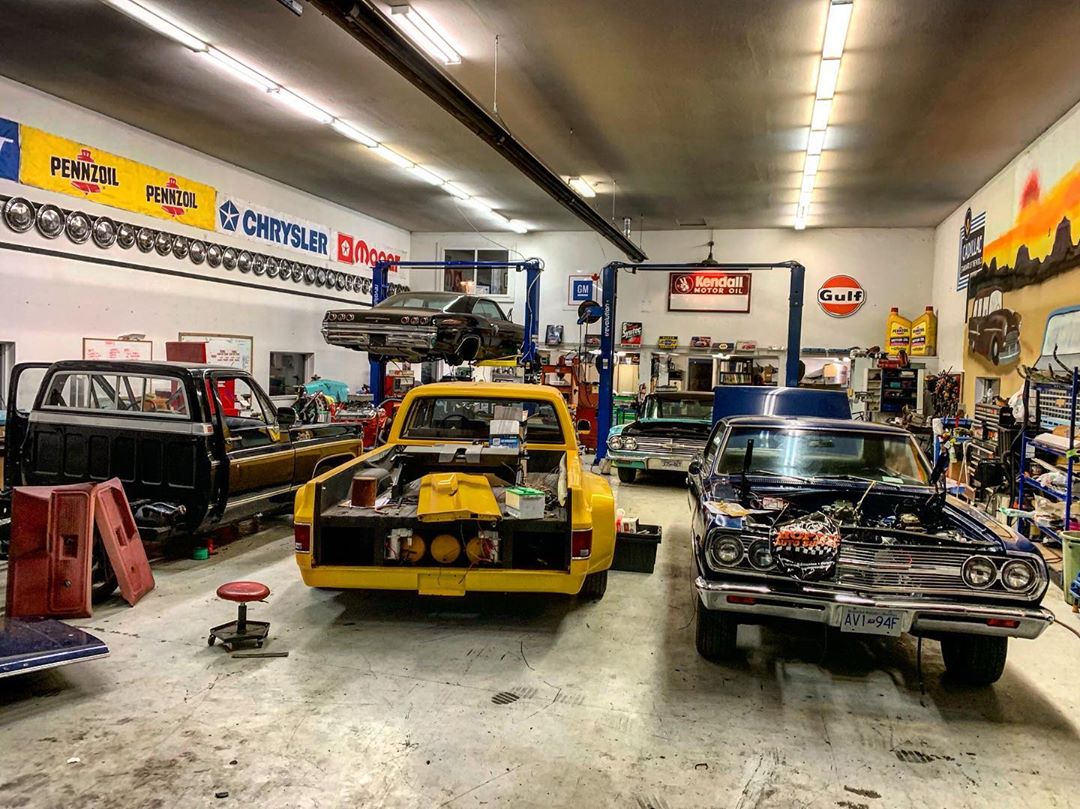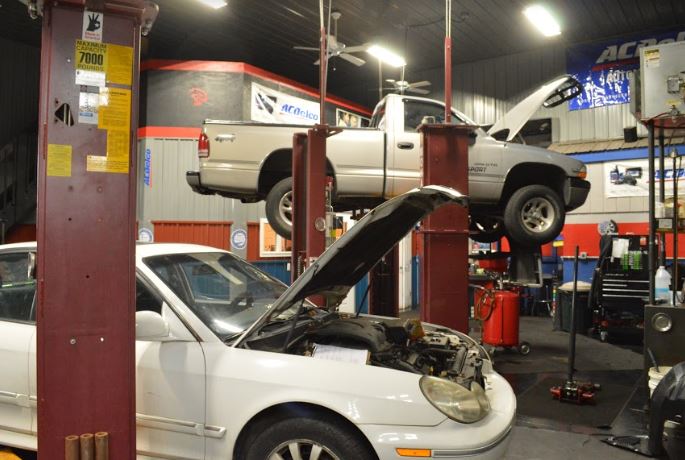All Categories
Featured

[/image]
Brakes are arguably one of the most important safety feature of any vehicle. Without reliable brakes, even one of the most powerful cars and truck can become a risk on the road. That's why normal brake inspections are a have to for guaranteeing your lorry quits when you need it to. Complying with an appropriate brake inspection routine can not only maintain you safe however likewise aid you stay clear of pricey repairs. Below's a detailed guide on how to properly examine your brakes and what to keep an eye out for.
- The Significance of Routine Brake Inspections. Brakes undertake continuous deterioration with every use, whether you're driving at high rates on the freeway or travelling with city streets. In time, brake pads, blades, and various other elements use down, which can affect stopping efficiency. Without routine examinations, you may not notice the gradual reduction in efficiency till it's as well late.
Regular brake assessments allow you to capture concerns early, making sure that your brakes remain responsive, dependable, and risk-free. Prompt examinations can also save you cash by addressing small problems prior to they become expensive repairs.
- Usual Indicators That Your Brakes Need Focus. While regular brake inspections are very important, there are some caution indications you can keep an eye out for to know when it's time to arrange a check-up:
Squeaking or Grinding Seems: Piercing squeaks or grinding noises when using the brakes are frequently indications that your brake pads are broken and require replacement. Resonance or Pulsation: If you feel vibrations in the guiding wheel or the brake pedal, it can show deformed blades, which might need resurfacing or replacing. Soft or Squishy Brake Pedal: If the brake pedal feels uncommonly soft or spongy, there may be air in the brake lines or an issue with the master cylinder. Pulling away: If your car draws away while stopping, this can be triggered by unequal brake pad wear or a problem with the brake liquid. Boosted Stopping Range: If it takes longer to stop than common, it may indicate that the brake pads are used, the liquid is low, or the blades are damaged. If you see any one of these signs, it's best to have your brakes examined instantly.

- Secret Parts Checked During Brake Inspections. Throughout a brake assessment, a service technician will certainly inspect several vital parts of the stopping system to guarantee whatever is functioning appropriately. Here are the vital components included:
Brake Pads: One of the most common factor for poor braking performance is worn-out brake pads. Evaluating the thickness of the pads is a top priority during every inspection. Brake Rotors: Rotors must be smooth and without grooves or fractures. Any type of considerable damage to the rotors could cause compromised braking efficiency and uneven pad wear. Brake Fluid: Low or infected brake liquid can hinder stopping performance. The specialist will certainly inspect the fluid levels and top quality and replace it if needed. Brake Lines and Tubes: Brake lines should be without leakages or splits. Any kind of damages to the lines can result in loss of brake fluid, bring about brake failing. Brake Calipers: The calipers use pressure to the brake pads. They ought to be examined for indicators of wear or leakages to guarantee they are operating appropriately. Consistently checking these elements aids keep your brake system in peak condition, enabling you to quit your vehicle safely and successfully.
- Just how Often Should You Have Your Brakes Examined? The basic suggestion is to have your brakes inspected a minimum of yearly or every 12,000 miles, depending on your driving habits. Nonetheless, certain driving problems might require more frequent evaluations:
Heavy Traffic: If you typically drive in stop-and-go traffic, your brake pads will certainly put on down quicker. Mountain Driving: Driving on high roads calls for more constant braking, which can cause your brakes to put on much more swiftly. Towing or Hauling Heavy Loads: If you on a regular basis bring hefty loads, your brakes will certainly experience much more stress and anxiety and require even more constant evaluations. If you notice any one of the warning signs discussed previously, do not await the following scheduled examination-- have your brakes checked promptly.
- The Effects of Neglecting Brake Inspections. Neglecting normal brake examinations can lead to major consequences. A falling short brake system can result in reduced stopping power, which boosts your risk of crashes.
In the most awful case, driving with harmed brakes can lead to complete brake failure, placing you and other drivers in jeopardy. Normal brake inspections are a small investment that can conserve your life and protect against costly repairs.
- Verdict: Keep Safe with Routine Brake Inspections. Brakes are not something you wish to take chances with. A dependable braking system is necessary for risk-free driving, and routine brake assessments are a simple way to make sure that your vehicle stops when you require it most. By staying on top of brake maintenance, expecting warning signs, and having your brakes checked at the advised intervals, you'll safeguard both your automobile and your safety.
Don't wait until your brakes begin to fall short-- routine regular brake assessments and keep your automobile in optimum problem for several years to find.
Latest Posts
Discover Exclusive Auto Repair Offers in Chicago at Montclare Auto Repair
Explore the Top Auto Repair Deals in Montclare, Chicago
Learn Why Chicago Drivers Trust Montclare Auto Repair for Reliable Service and Huge Savings
More
Latest Posts
Discover Exclusive Auto Repair Offers in Chicago at Montclare Auto Repair
Explore the Top Auto Repair Deals in Montclare, Chicago
Learn Why Chicago Drivers Trust Montclare Auto Repair for Reliable Service and Huge Savings